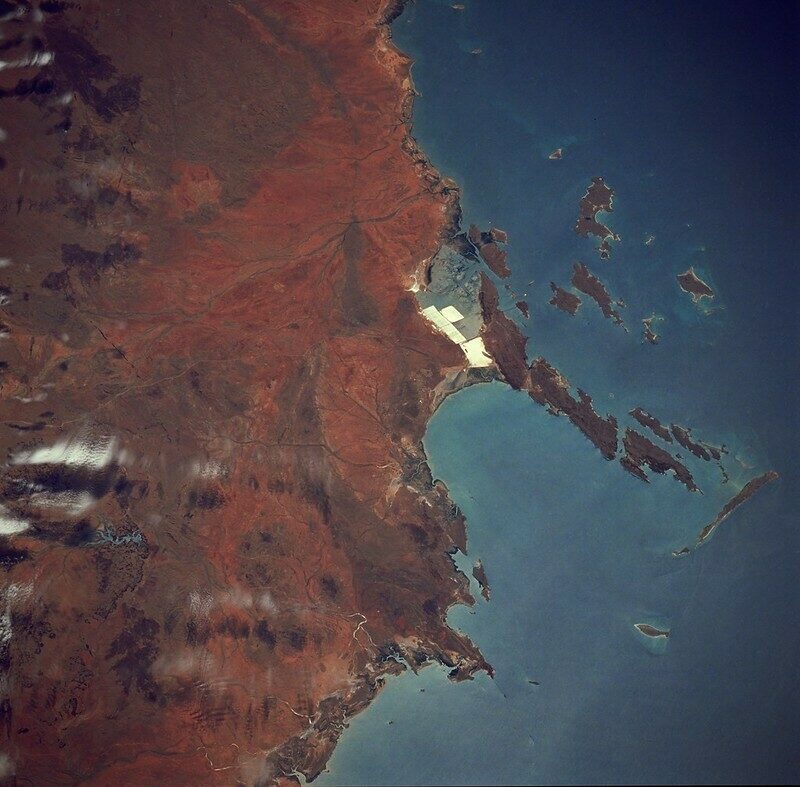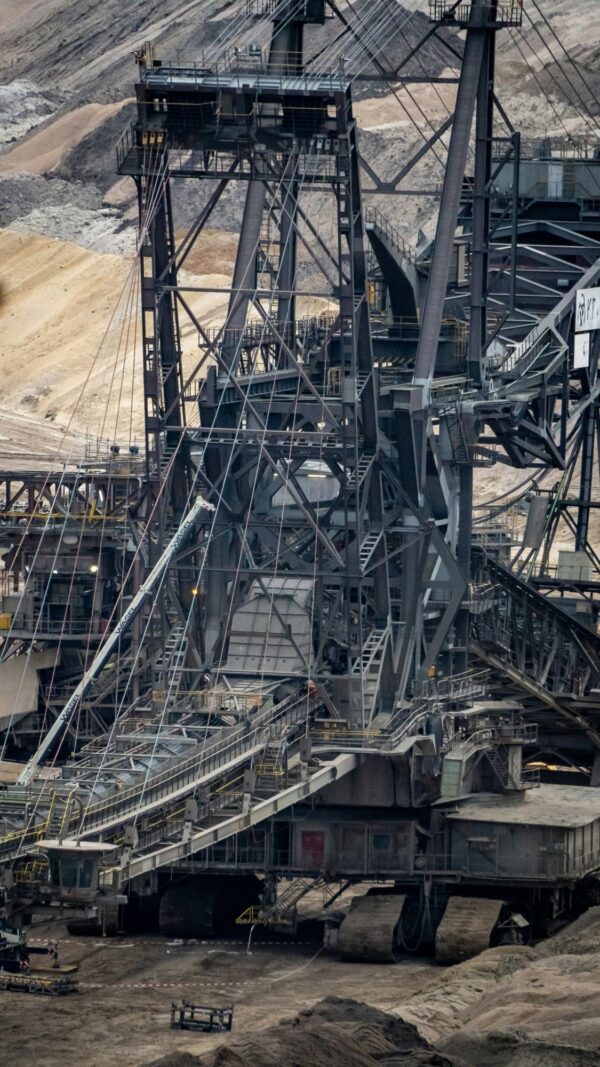Impact of Burrup Hub on Western Australia’s Paris Agreement Carbon Budget
Authors
Bill Hare, Ursula Fuentes, Anna Chapman
Share

Australia’s largest liquefied natural gas producer, Woodside, plans a regional hub on the Burrup Peninsula in Western Australia, which would enable it to develop trillions of cubic feet of gas over the next decades. This report outlines the implications of the emissions Burrup Hub would produce on Western Australia’s ability to meet its climate targets.
This study analyses the impact of the Burrup Hub LNG projects for Western Australia’s carbon budget under the Paris Agreement and its net zero emissions 2050 goal. It builds on the comprehensive study we published earlier on Western Australia’s carbon budget under the Paris Agreement, which developed sectoral and overall benchmarks for Western Australia’s emissions pathway.
This study finds that the Burrup Hub - as proposed - is not consistent with Western Australia implementing the Paris Agreement and achieving its objective of net zero emissions by 2050, nor with the national and global emission reductions necessary to implement the Paris Agreement.
This is in stark contrast with the claims by the project proponents, Woodside, that emissions from the project are “acceptable” and that the impact is “low”. This report shows that the likely scale of domestic emissions from the Burrup Hub will significantly undermine the ability of WA and Australia to meet Paris Agreement targets and, at best, could force other sectors to make much deeper reductions.
The report also shows the total GHG intensity of LNG produced from the North West Shelf (NWS) LNG plant component of the Burrup Hub is likely to increase by 75% from about 0.4 tCO2e/LNG produced to over 0.7 tCO2e/LNG by 2030 as it sources gas from the CO2-intensive Browse development.
The fast ramping up of LNG processing has made the biggest contribution to the increase of greenhouse gas emissions in Western Australia in the last ten to fifteen years. In 2005, the LNG sector emitted about 6% of WA’s 2005 GHG emissions (excluding LULUCF). Emissions have tripled and have risen, we estimate, to about 23% of the State’s 2017 GHG emissions.
As of 2019, the LNG facilities within the Burrup Hub had a share of about 9% of WA’s GHG emissions (excl. LULUCF), and these CO2 emissions have nearly doubled since 2005 – and are set to nearly double again by the early 2030s.
We estimate the total Western Australia LNG industry emissions at about 22 Mt CO2e per annum in 2019 and this can be expected to approach 30 Mt CO2e per annum by the late 2020s. The Burrup Hub contributes about half of this (~16 Mt CO2e per annum), and the NWS Plant alone contributes about a third (estimated average of 10 Mt CO2e per annum) of the total emissions over the proposed lifetime until 2070. The NWS plant emissions are likely to be close to 12 Mt CO2e per annum in the 2030s when this plant can be expected to be using Browse-sourced gas at a high level. This means at full production, the GHG intensity of LNG produced by the NWS Plant in the 2030s is likely to be above 0.7 tCO2e per tonne of LNG shipped, far above the recent state average of about above 0.4 tCO2e per tonne of LNG shipped.











